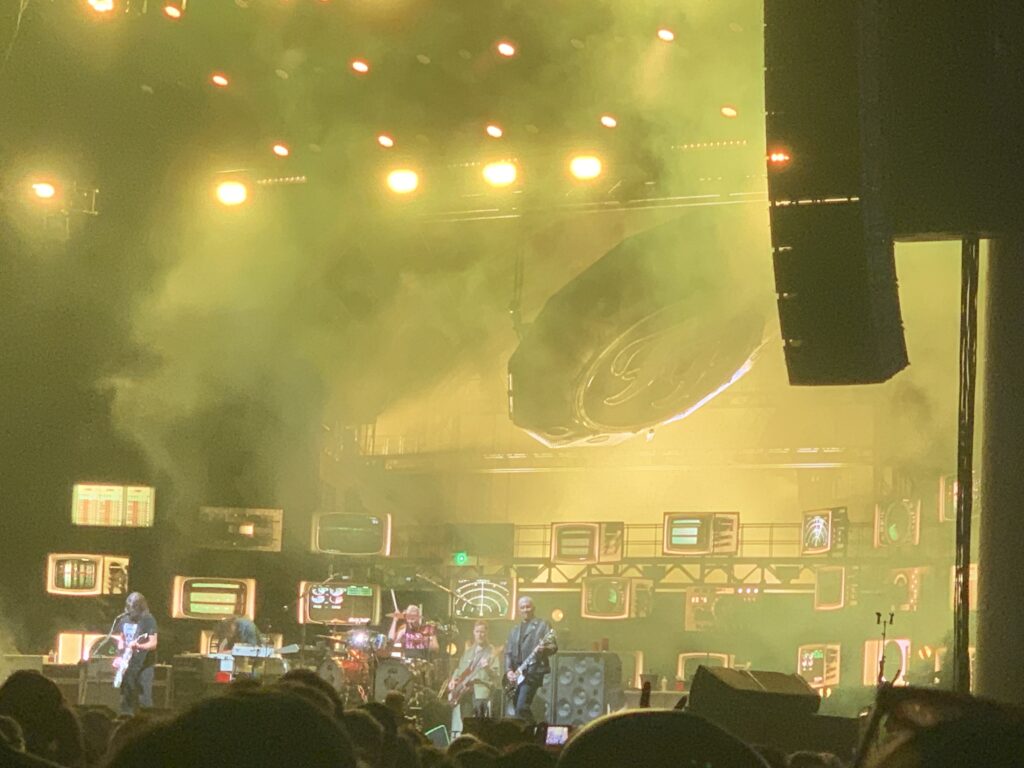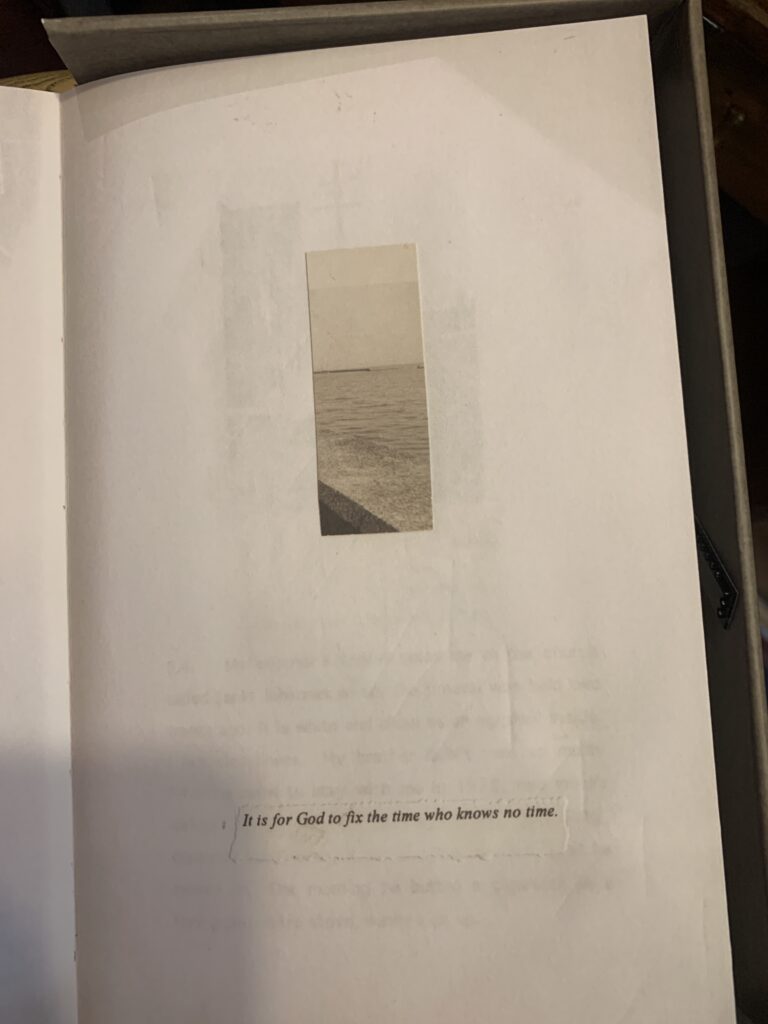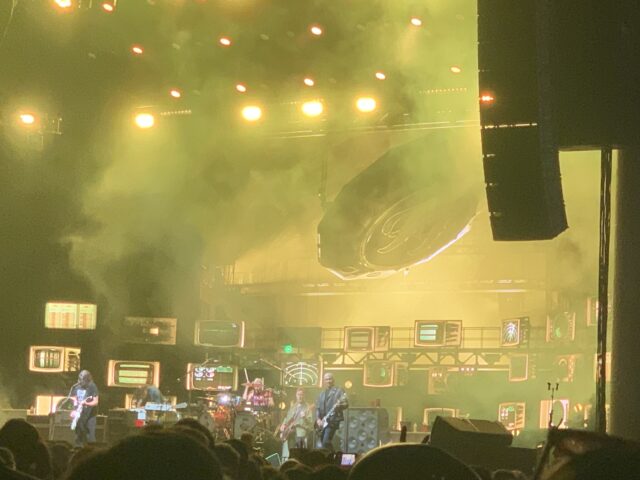In my readings so far, many of the SciFi books I’ve read have really confirmed my thesis surrounding the writing of the alien: that the alien is unreadable and that the alien’s body is both entirely absent from the text—existing only as a fugitive in an undercommons of sorts—and fraught with overwriting—serving as a void-body, a space of extreme excess and genre tricks. There have been few of my theoretical texts that have really challenged my thinking, though all have of course expanded my hopes concerning my thesis. However, my reread of Donna Haraway’s Cyborg Manifesto really shook me up.
What is the difference between the cyborg and the alien, as I’m formulating it? Are there meaningful differences between the two? And are these differences notable enough to tease out in my research, even to the point of allowing the alien to serve as a kind of critique of Haraway’s cyborg?
I’m still pretty unsure. But I have some thoughts. And some hanging quotes, so I can stay within the word count, my apologies.
“…myth and tool mutually constitute each other” (33). This brings to mind my discussion of Ursula K. LeGuin and her Carrier Bag Theory. What is the role of myth in SciFi storytelling? And what about the modes of this genre, the tools one uses in order to worldbuild successfully from the point of view of craft?
“…imagining a world without gender, which is perhaps a world without genesis, and maybe also a world without end. The cyborg incarnation is outside salvation history” (7). This brings me to my central question of death, which also is always a Biblical question. What kind of eternality does the absence of gender demand? A Derridian striking out of gender…does that still open these same possibilities? Even if, like Derrida’s striking out, one can still see the presence of gender somewhere beneath the striking out?
“This is a struggle over life and death, but the boundary between science fiction and social reality is an optical illusion” (6). Emphasis on optical. Whose optics? This is relevant especially for my third piece, titled “The Nonbinary Gaze.” In the nonbinary gaze, is this illusion still present? Is there space for illusion there? Does the nonbinary gaze buy into a definition of “illusion” that is inevitably connoted with negativity?
“Cyborg politics are the struggle for language and the struggle against perfect communication, against the one code that translates all meaning perfectly, the central dogma of phallogocentrism” (57). The question of language is also something I’ve been wrestling with. What am I asking SciFi writers to do instead of leaving the alien unreadable? Am I asking for a new type of writing? Is that a hopeful possibility? Or is the current dispossessed homeland of faulty SciFi writing freeing for the nonbinary person? Would demanding a new writing displace them, exile them from an identification that grounded them in some utopian hope?
Lots of questions! Still, this far in.



